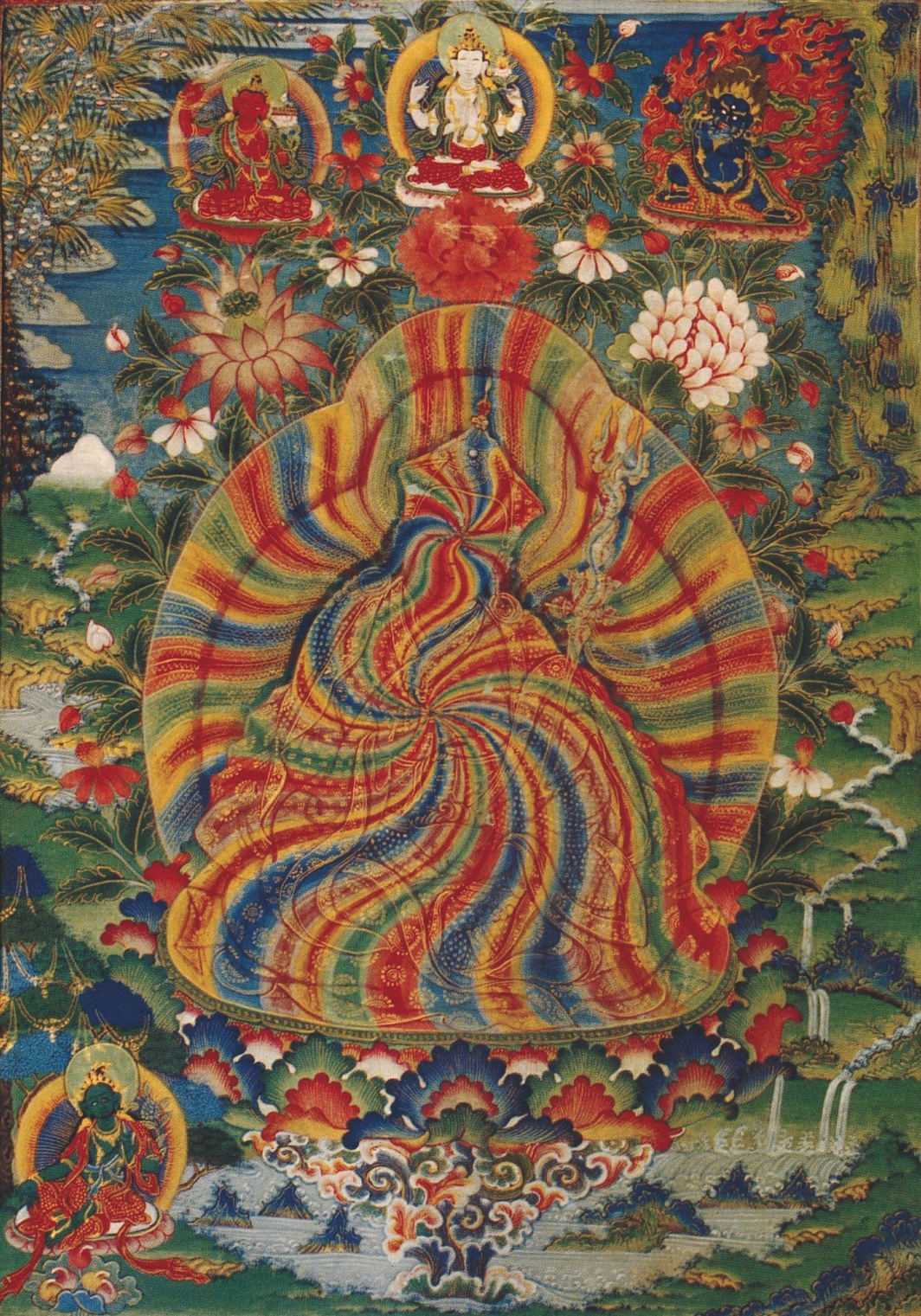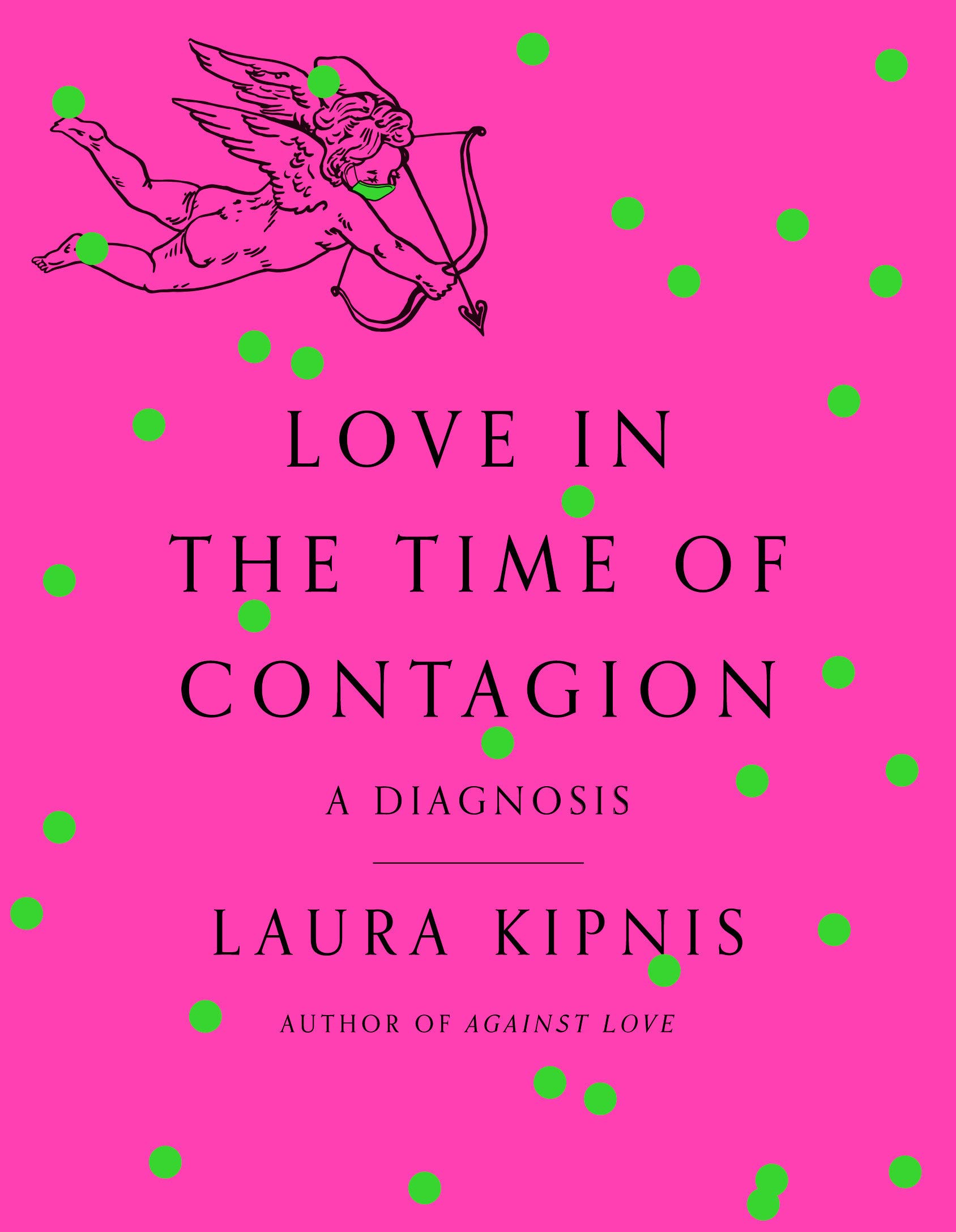
Hermione Hoby

THOUGHT TO HAVE BEEN DICTATED a couple thousand years ago by an Indian guru named Padmasambhava, The Tibetan Book of the Dead was known as Bardo Thödol or The Great Liberation Through Hearing in the Bardo until its first English language translation in 1927 by Walter Evans-Wentz, an anthropologist from New Jersey. Thödol means “the […] 
YEARS AGO, not long after ending a marriage, I was having coffee with two women, new acquaintances, when we discovered that we were all divorced. “Yay!” one cried. “Hot Divorcées Club!” Something shrank and recoiled in me. Why must we be hot? Couldn’t we just be divorced? Plus, what in divorce, a thing about as […] 
EARLY ON, I WROTE A FACETIOUS POEM, a “Love-in-the-time-of-Corona” version of a Frank O’Hara classic and merrily posted it on Facebook. I know it began, “Having a Quarantine With You / is more fun than going to the supermarket or taking public transport,” but I can’t remember the rest because, not long after, I deleted it out of embarrassment. In a world where suddenly thousands were dying by the day, the vibe was seriously off. Much like the last squirt of Purell, whatever flimsy novelty the novel coronavirus offered evaporated pretty much instantaneously. If we were posting poetry, only elegies 
GENERICALLY SPEAKING, THERE’S JUST ONE QUESTION driving the Künstlerroman, and it’s “How does this person become an artist?” That narrative-driving “how” relies, however, on the rather more metaphysical matter of “who.” For any artist-narrator worth their salt, this inquiry is depthless—its richness residing in unanswerability, but also in the complicating and exciting fact of art and selfhood’s imbrication. Via Stephen Dedalus and his successors we duly understood that the growth of the person and the growth of the writer are coterminous, that self-knowledge and artistic integrity might, essentially, be the same thing. What happens, though, when the portrait is not